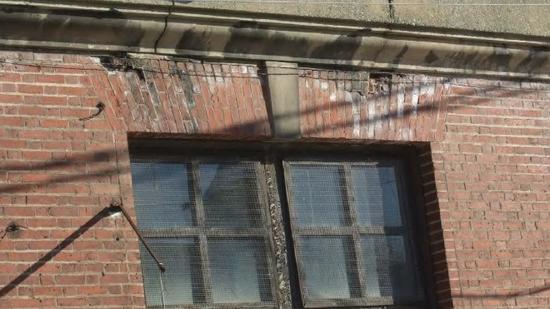
Freeze-Thaw Risk: Repair/Retrofit, Maintain and Monitor
Back to Recommended Freeze-Thaw Risk Assessment Steps
Each retrofit project is unique: the building’s features and historical significance, the site conditions, and the time and money available for assessment all vary. The goal of assessment should be to determine— to a reasonable degree of certainty—what actions will best meet the building owners’ goals. By going through the assessment process step-by-step, the consultant can select the assessment tools that have the best chance of supporting confident decision-making within the project’s budget. In most cases, a way can be found to proceed with insulating with minimal risk of freeze-thaw damage. In some cases, insulating must be postponed until underlying problems are dealt with. It is also sometimes the case that insulation should be avoided, either because the risk to masonry is too high, or because the level of risk cannot be determined with adequate certainty given the project’s budget or other constraints.
If insulation is added, regular maintenance will help to minimize any risk. Most masonry walls fail because water management systems are not maintained; when walls are insulated, the damage caused may be greater. It is therefore critical to check and repair details such as downspouts and roof flashing. It is also useful to proactively check outside for signs of masonry deterioration (e.g. crumbling mortar), since interior signs of damage (e.g. water leakage) might be less obvious in an insulated wall.
